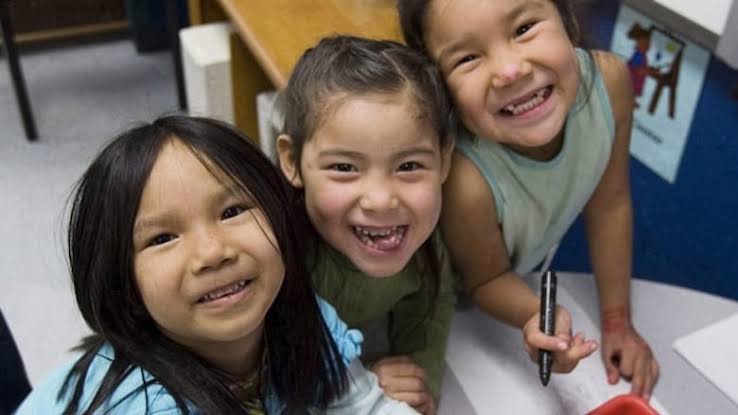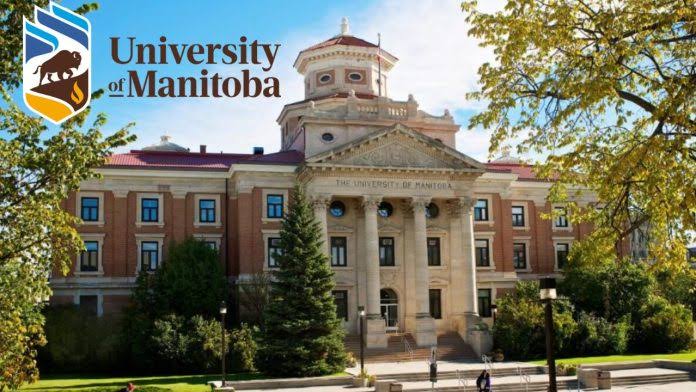Canada has introduced a renewed and more inclusive strategy for Indigenous education, focusing on cultural preservation, academic excellence, and equitable access to learning opportunities. This initiative recognizes the unique histories, traditions, and needs of First Nations, Inuit, and Métis communities, aiming to close long-standing educational gaps while promoting Indigenous knowledge and identity.
Centering Indigenous Languages and Culture
One of the most important aspects of the new strategy is the prioritization of Indigenous languages in education. Recognizing that language is central to cultural identity, the plan funds language revitalization programs, curriculum development, and teacher training to support instruction in local Indigenous languages.
Schools are also integrating traditional knowledge into the curriculum, such as land-based learning, storytelling, and cultural practices, ensuring that students connect academic subjects with their heritage. This approach not only strengthens cultural pride but also enhances engagement and retention.
Improved Access to Quality Education
To address disparities in education access, the strategy includes significant investment in building and upgrading schools in remote and rural Indigenous communities. Modern facilities equipped with internet connectivity, science labs, and libraries are being prioritized to ensure students have the same resources as their peers in urban areas.
Transportation and housing support for students, particularly those who must travel long distances for education, are also being expanded. This ensures that geography is no longer a barrier to learning opportunities.
Supporting Indigenous Teachers and Leadership
A key pillar of the strategy is developing a strong Indigenous teaching workforce. Scholarships, mentorship programs, and professional development opportunities are being offered to Indigenous educators to ensure they can lead classrooms and administrative positions effectively.
Leadership training for school administrators from Indigenous backgrounds ensures that educational policies and practices reflect the needs and perspectives of the communities they serve.
Partnership with Indigenous Communities
The new approach places decision-making power in the hands of Indigenous communities, allowing them to shape educational priorities according to local traditions and goals. Joint governance models between federal, provincial, and Indigenous authorities are being expanded to ensure collaboration and shared accountability.
This community-driven model respects self-determination and ensures education systems are relevant, culturally grounded, and sustainable.
Integrating Technology and Modern Learning Tools
The strategy recognizes the importance of preparing Indigenous students for a technology-driven future. Digital learning platforms, coding programs, and STEM initiatives are being introduced alongside traditional learning methods.
This balanced approach allows students to maintain cultural connections while gaining skills that prepare them for careers in diverse fields, from science and engineering to entrepreneurship.
Enhanced Support Services for Students
To ensure students can thrive, mental health resources, counseling services, and mentorship programs are being expanded. The strategy acknowledges the historical and intergenerational impacts of colonization, residential schools, and systemic inequality, integrating trauma-informed approaches into all levels of education.
These supports help address both academic and personal challenges, leading to higher graduation rates and improved well-being.
Long-Term Goals and Benefits
- Closing the education gap between Indigenous and non-Indigenous students
- Preserving and revitalizing Indigenous languages and traditions
- Empowering communities with greater control over educational systems
- Preparing students for future employment while maintaining cultural identity
- Building a stronger foundation for reconciliation through education
Looking Forward
Canada’s new strategy for Indigenous education is more than just an academic reform—it is part of a broader reconciliation process. By respecting Indigenous knowledge systems, empowering local governance, and ensuring equitable access to resources, the country is taking meaningful steps toward a future where Indigenous youth can thrive both within their cultures and in the wider world.




Nice
Interesting